Despite my long-standing devotion to classic black eyeliner, I’ve recently become smitten with midnight blue. It still defines and opens the eye, but gives you a slightly softer, lighter look that’s perfect for summer. Yves Saint Laurent’s Eyeliner Moiré liquid liner in No. 8/Marine Reflections, $34, is a great color to try. Deep blue and tinged with purple, it’s flattering for any eye color.
The small, squared-off brush lends itself to precision. It lets you grab a nice dollop of liquid or a just a little bit, depending on how thick you want your line to be. It’s also very easy to layer so that you can start with a gentle daub and add more to heighten intensity. The proportions of cap to tube, a seemingly minor point, make a difference in terms of holding and handling the brush and YSL has nailed this aspect.
YSL’s formula is long wearing and flake-resistant, though it seems to do a better job staying put on my top lash line than on the bottom. With hot weather approaching, I may skip the bottom line and just use a little waterproof mascara on the bottom lashes.
Product Source: From my own collection; I did not receive product or compensation from YSL.
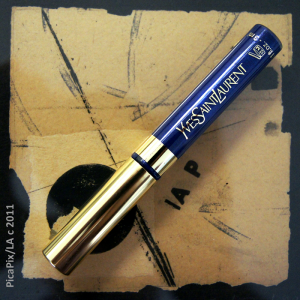







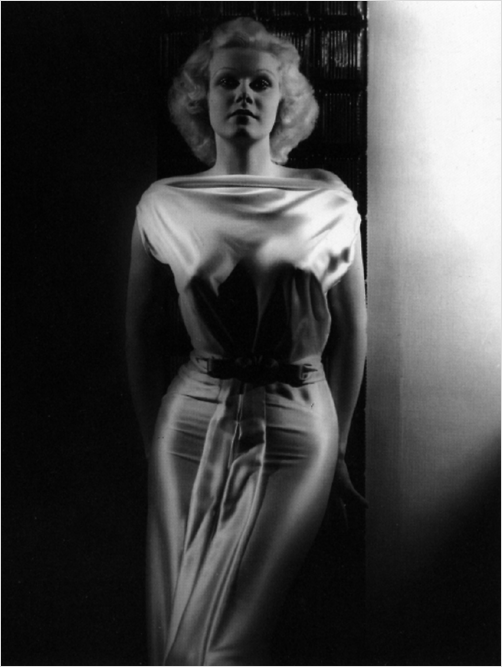
![the-long-falling[1]](http://www.filmnoirblonde.com/wp-content/uploads/2011/04/the-long-falling1.jpg)


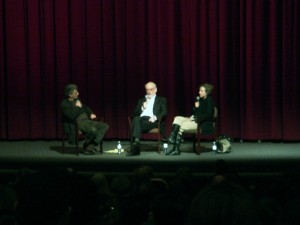


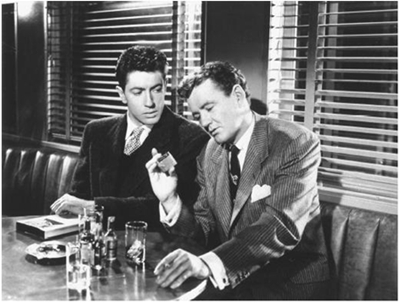
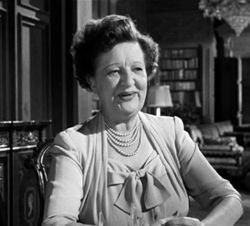
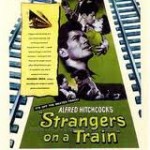
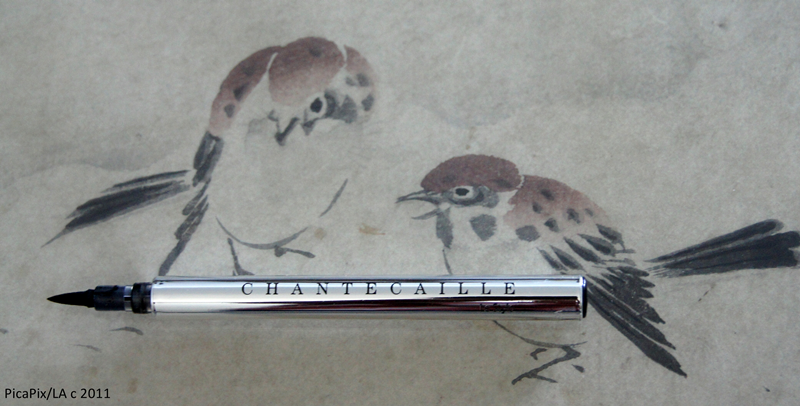
![thebigpicture[1]](http://www.filmnoirblonde.com/wp-content/uploads/2011/04/thebigpicture1-300x225.jpg)
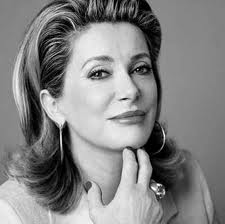
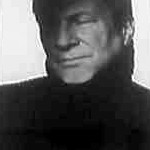






From FNB readers